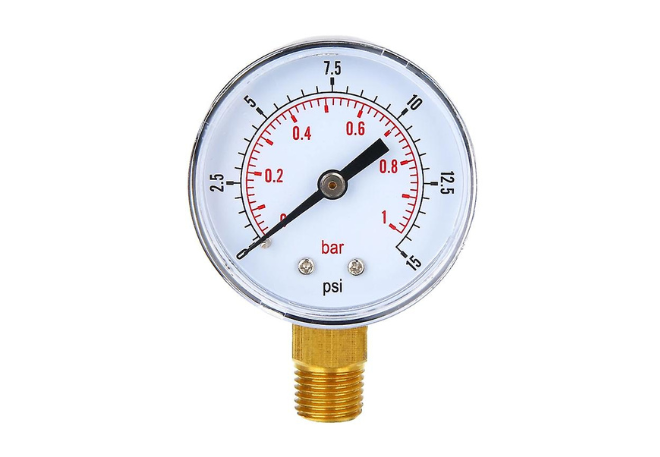Why Are DIP Switches Still Used in a Digital World?
In an era dominated by microcontrollers, touchscreen interfaces, and wireless protocols, one might assume the humble DIP switch has faded into obsolescence. But step inside a control panel, open a test device, or examine an industrial circuit board—and there it is, quietly doing its job. The Dual In-line Package (DIP) switch, though basic in design, plays a surprisingly modern role in electronics today.
Rather than disappearing, DIP switches have adapted. They remain an essential tool in hardware configuration, offering unique benefits that digital solutions can’t always match. So why are engineers and technicians still choosing DIP switches in a world ruled by software?
They Make Hardware More Transparent
At the heart of every DIP switch is the principle of visibility. Each tiny lever has just two positions—ON or OFF—and its mechanical nature allows for immediate visual inspection. You don’t need a display, login credentials, or special tools. Flip the device over, and you can see exactly how it’s configured.
This transparency is invaluable in:
- Embedded system development
- Field diagnostics and repairs
- Test and measurement instruments
With DIP switches, there's no ambiguity. Their state is what it is—clearly, physically, and dependably.
Software Isn't Always the Answer
In many applications, relying solely on software for configuration isn't ideal. Power outages, corrupted firmware, or user error can leave devices in uncertain states. That’s where DIP switches come in. They offer a fail-safe method for setting or resetting a device's behaviour.
Some scenarios where this becomes crucial:
- Bootloader selection in microcontroller based systems
- Restoring factory defaults without software access
- Setting unique IDs in networked industrial equipment
In such cases, software may introduce complexity or necessitate the use of additional peripherals. DIP switches offer a simple, tactile alternative.
They Offer Total Independence from Digital Interfaces
In remote, high-risk, or resource-constrained environments, simplicity equals reliability. DIP switches operate without any need for:
- Software drivers
- User training
- Operating systems
- Batteries or power
This autonomy makes them perfect for:
- Remote installations (e.g., mountain communication relays)
- Critical infrastructure (e.g., railway signalling systems)
- Rugged industrial environments where touchscreens aren’t practical
With DIP switches, there's no chance of system hang-ups due to an unreadable configuration file.
DIP Switches Save Space and Money
Modern electronics often demand compact solutions that don’t compromise on functionality. DIP switches help by:
- Reducing the need for external programming ports
- Minimising the complexity of user interfaces
- Eliminating the cost of additional microcontroller I/O lines for digital inputs
Especially in low-cost consumer devices, DIP switches provide an affordable and reliable method for user control without breaking the budget.
Use Cases That Still Rely on DIP Switches
Let’s zoom in on the types of equipment that continue to integrate DIP switches into their designs:
- Networking switches and hubs – for setting modes, speed limits, or access permissions
- Fire alarm systems – to configure zones or enable maintenance functions
- Measurement instruments – to adjust voltage ranges or display formats
- Consumer electronics – such as universal remotes, thermostats, and even keyboards
- Audio amplifiers – for speaker configuration, bass boost, and gain control
These aren’t legacy applications—they’re actively shipping products using this technology today.
Evolution: Not Obsolete, Just Smarter
Modern DIP switches aren’t what they were two decades ago. While the principle remains unchanged, manufacturers have optimised them for newer technologies:
- Surface-Mount Technology (SMT) options now suit automated assembly lines
- Sealed enclosures protect against dust, moisture, and flux contamination
- Low-profile formats integrate easily into compact PCB layouts
- Anti-static variants provide protection in ESD-sensitive environments
These refinements have expanded their usability into more advanced product designs than ever before.
Conclusion: Small, Mechanical, and Incredibly Useful
DIP switches may look outdated, but they’re still a critical component in many of today’s systems. Their role isn’t to replace software or digital interfaces, but to offer a stable, low-maintenance, and intuitive fallback—one that works without training, power, or programming.
In fields such as industrial automation, embedded hardware design, and even hobby electronics, DIP switches remain a practical solution for configuration needs. They remind us that, sometimes, the best tech is the one that just works—every time, no questions asked.




Comments
Post a Comment